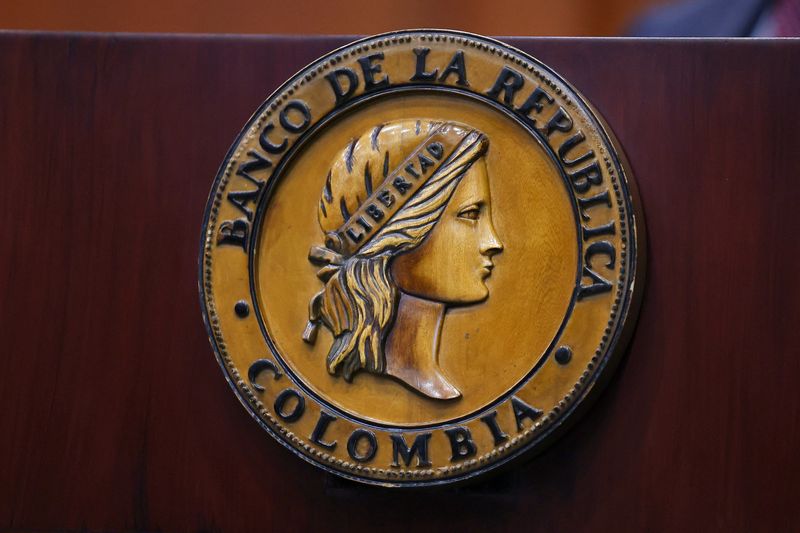Interest Rates on the Chopping Block: Colombia's Central Bank Poised for Bold Policy Shift

Colombia's central bank is poised to make a strategic move on Monday, likely cutting its benchmark interest rate despite ongoing economic challenges. The decision comes with an intriguing twist: newly appointed board members are expected to support the rate reduction.
In a recent Reuters survey, an overwhelming majority of financial analysts predict a modest 25 basis point cut, which would bring the benchmark rate down to 9.25%. A few bold analysts even suggest a more aggressive 50 basis point reduction to 9.00%.
The potential shift in monetary policy is generating significant buzz in financial circles. Investment holding company Corfi notes that the arrival of two fresh board members and a new finance minister could dramatically reshape the central bank's decision-making dynamics and future monetary strategy.
While inflation pressures and fiscal complexities loom in the background, the central bank appears confident in its approach. This anticipated rate cut signals a nuanced balancing act between stimulating economic growth and managing inflationary risks.
Investors and economists are watching closely, eager to see how these new board dynamics will influence Colombia's economic trajectory in the coming months.
